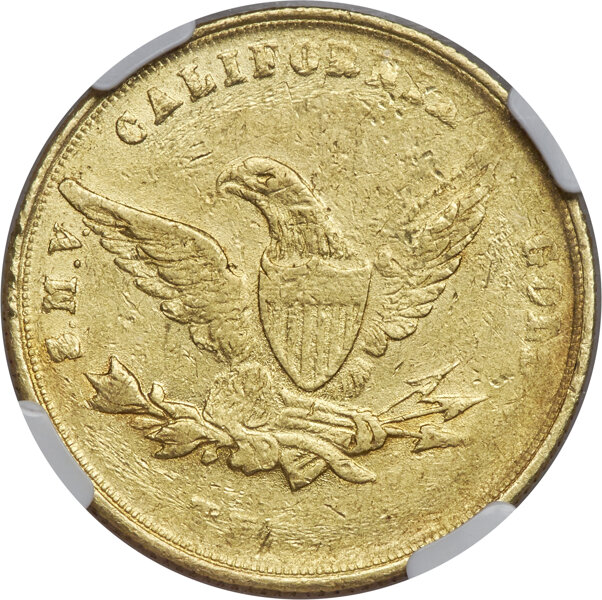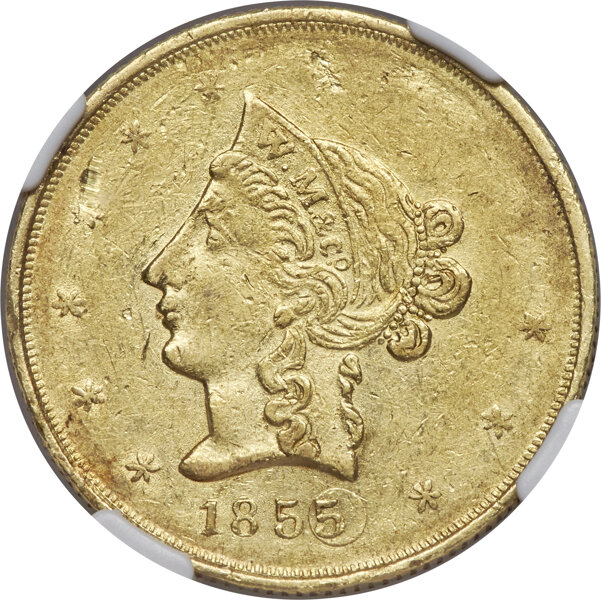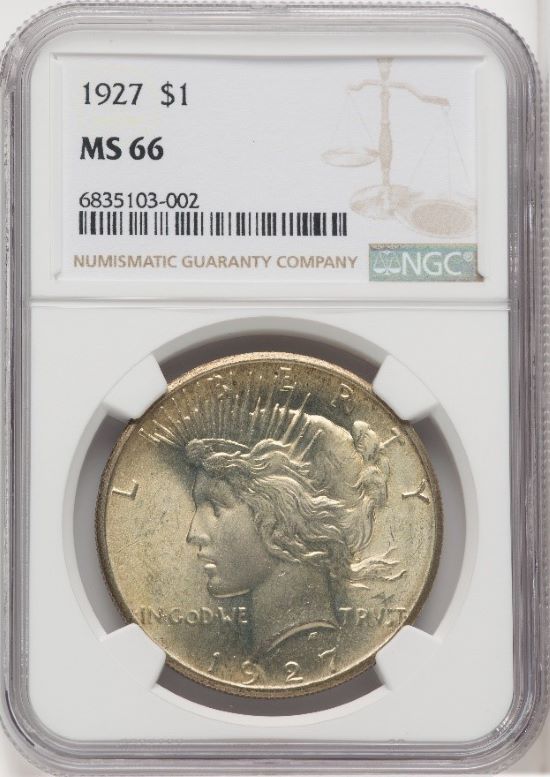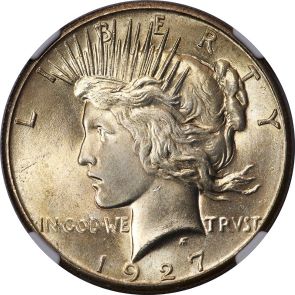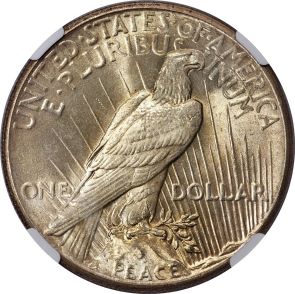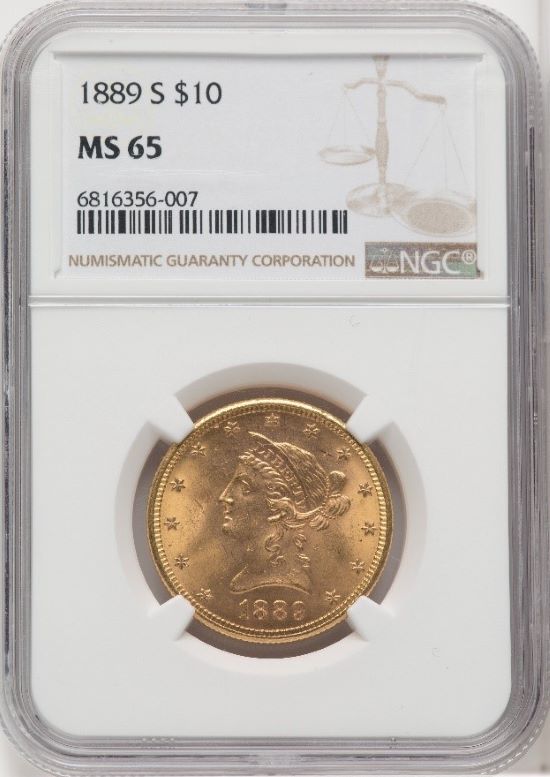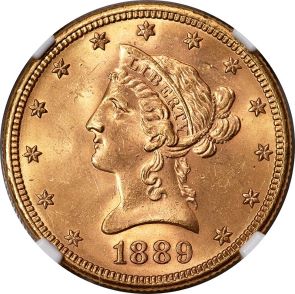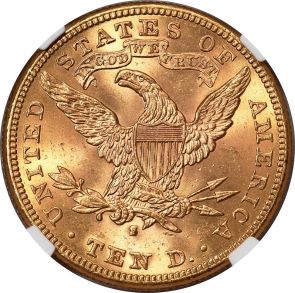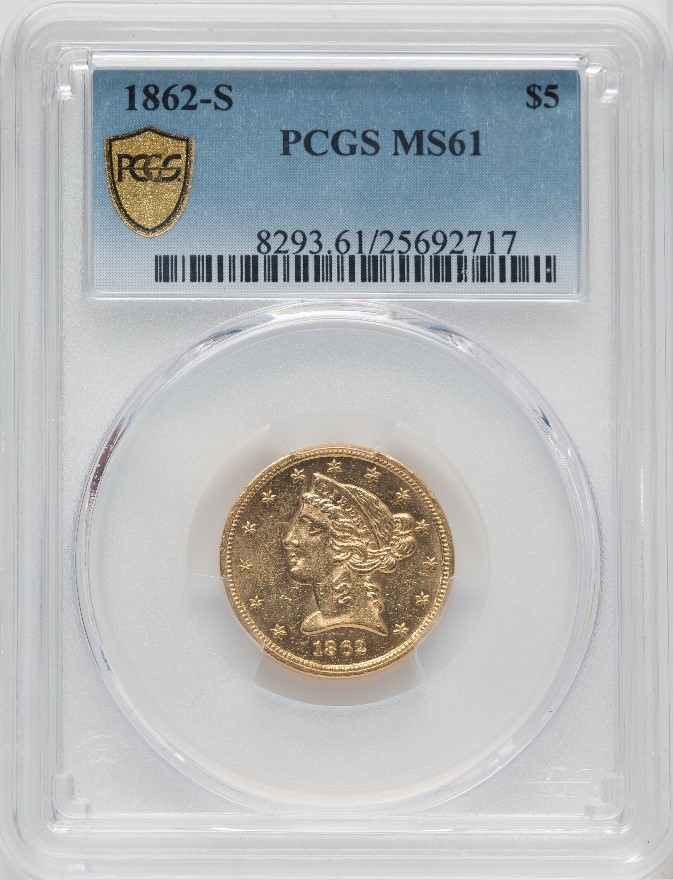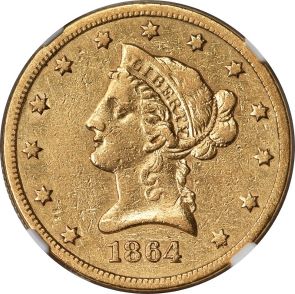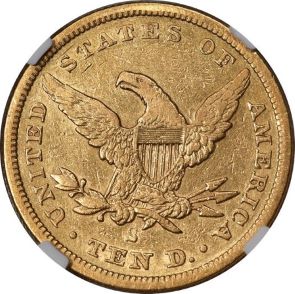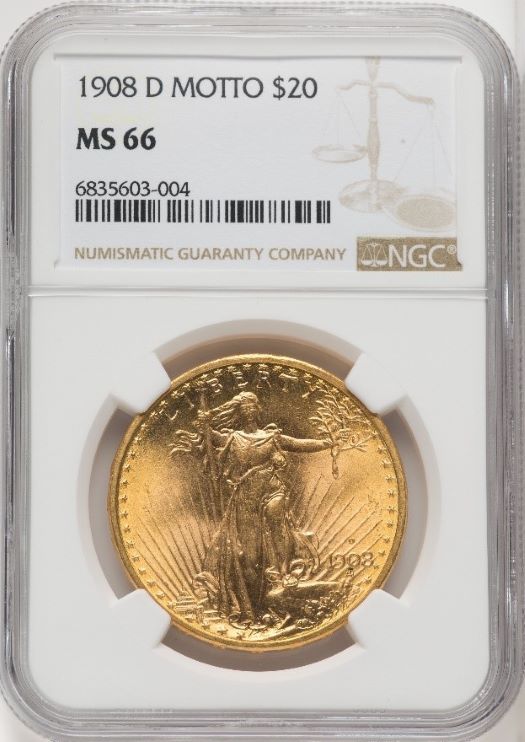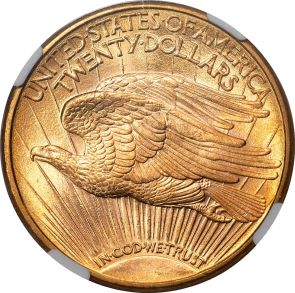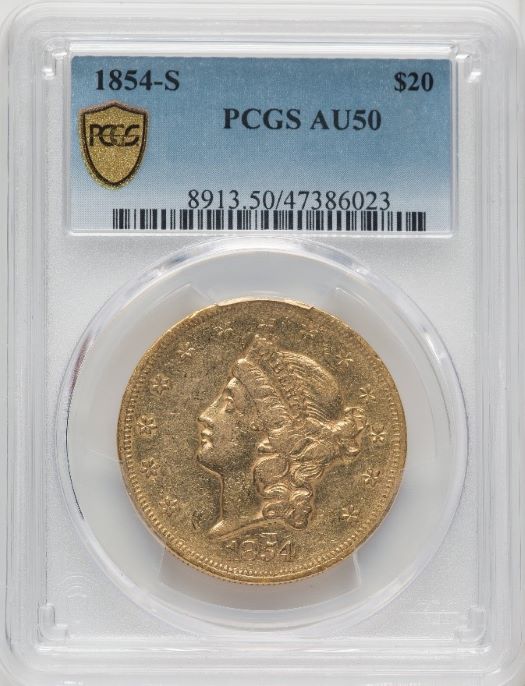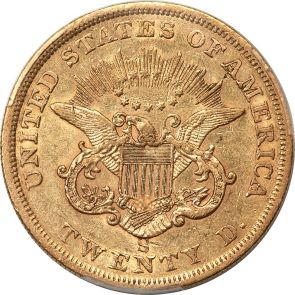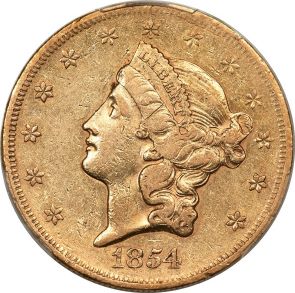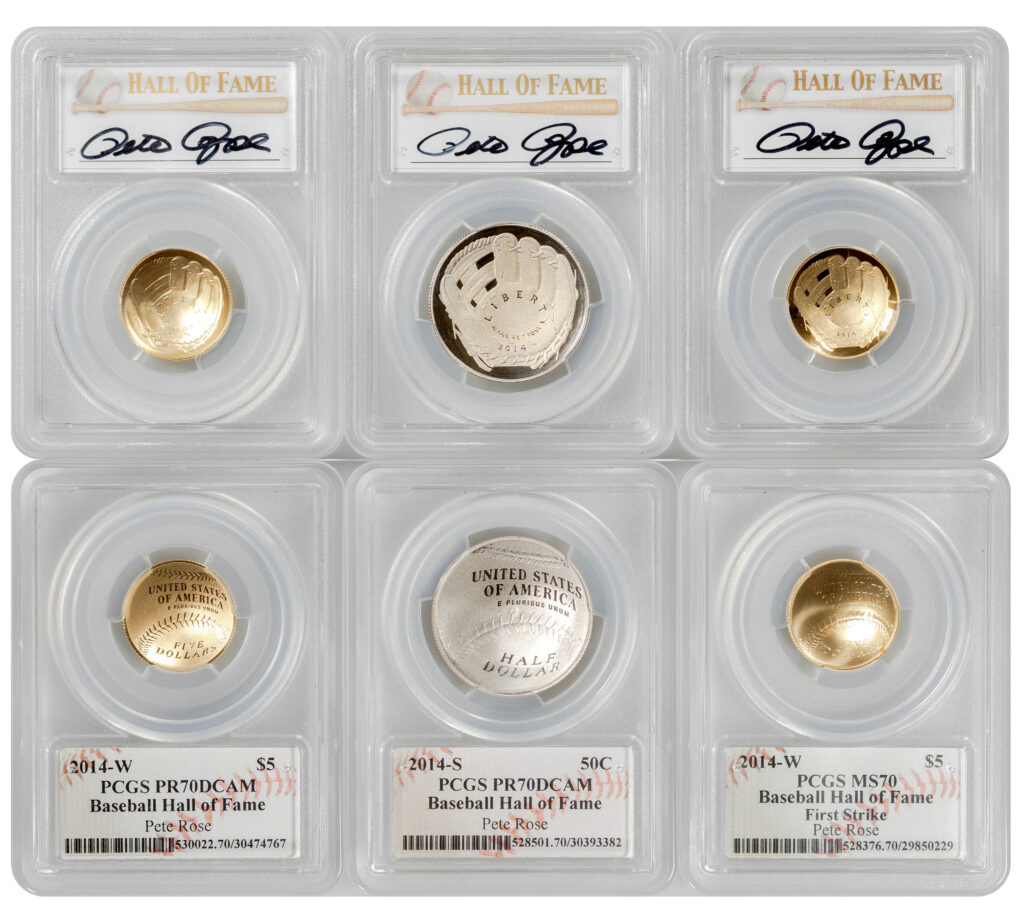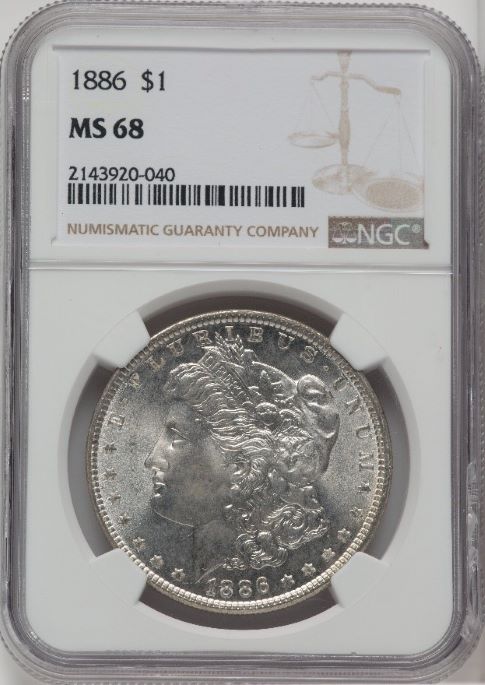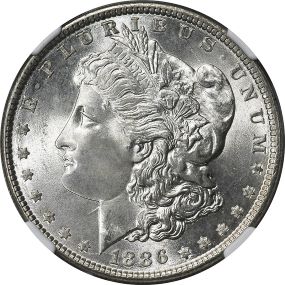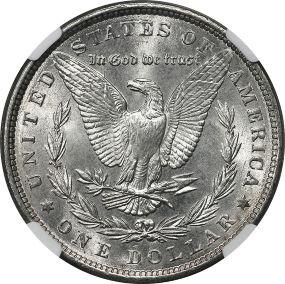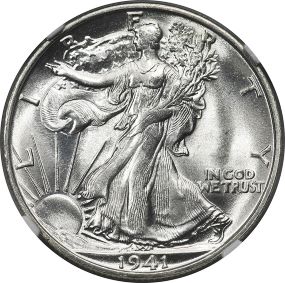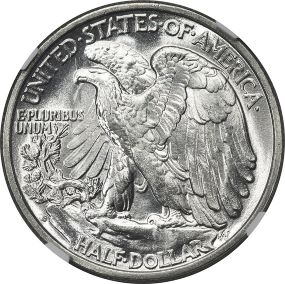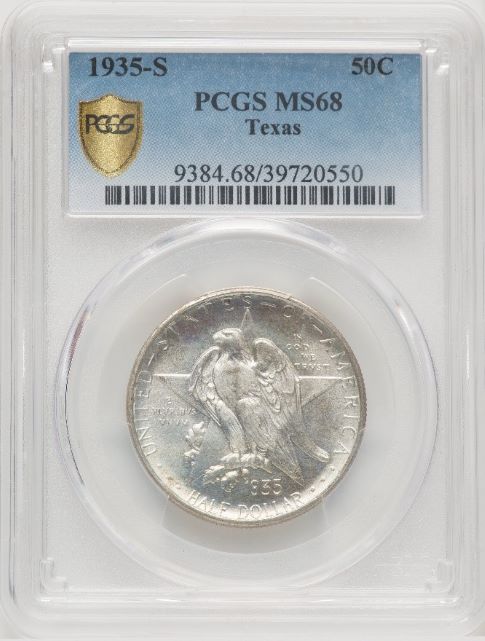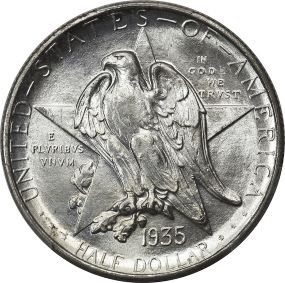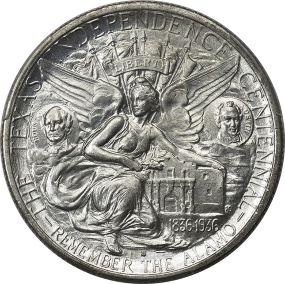Certified Mint State aka Un-Circulated U.S. Gold coins and sets were minted from the mid 1800’s to 1933 and have higher profit potential than bullion. These coins are viewed by many as an excellent safe haven and hedge against inflation and stock market volatility. These items trade at their metal basis (melt) value plus a numismatic premium, based on their condition, historical significance, supply and popularity.
Nearing our 25th year trading in this marketplace, our relationships with tier one vendors allows us to offer U.S. Gold at very competitive pricing and in many instances the lowest retail pricing anywhere. If you’re a seller, we are are strong buyers of U.S. Gold and offer a simple and timely process when it’s time for you to liquidate. Be sure to check our Daily Specials posts regarding even better pricing for buy and or sell offerings on selected certified U.S. Gold.
We do business the old fashioned way, we speak with you… Call us M-F 9:00 AM – 5:00 PM CST @ (800) 257-3253. After hours trading is available by appointment.
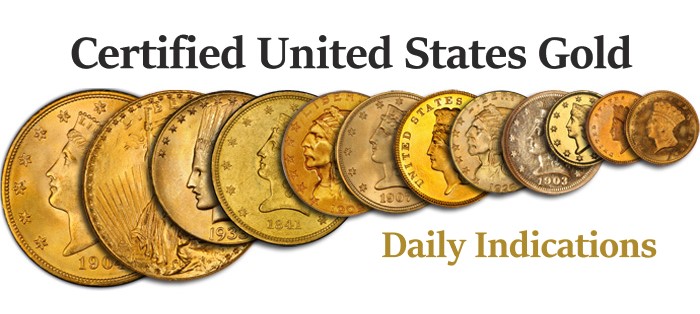
| Quotes as of: 4/26/24 08:14 $2,347.23 | MS61 | MS62 | MS63 | MS64 | MS65 |
| $1 Type I | $450 | $490 | $640 | $850 | $1,750 |
| $1 Type II | $1,550 | $1,925 | $4,350 | $7,150 | $23,000 |
| $1 Type III | $545 | $625 | $775 | $940 | CALL |
| $2.50 Liberty | $510 | $510 | $560 | $565 | $805 |
| $2.50 Indian | $520 | $530 | $595 | $755 | $1,530 |
| $3 Gold | CALL | $2,760 | $3,950 | CALL | $11,100 |
| $5 Liberty | $700 | CALL | $765 | CALL | $1,975 |
| $5 Indian | $750 | $760 | $1,065 | $1,635 | $10,075 |
| $10 Liberty | CALL | CALL | $1,505 | $1,950 | $2,855 |
| $10 Indian | $1,380 | $1,390 | $1,655 | $1,865 | $3,075 |
| $20 Liberty | $2,445 | CALL | CALL | CALL | $3,750 |
| $20 High Relief | $15,500 | $17,250 | $24,000 | $28,250 | CALL |
| $20 St. Gaudens | No Motto | CALL | $2,470 | CALL | CALL | $2,615 |
| $20 St. Gaudens | With Motto | $2,445 | $2,470 | $2,475 | $2,535 | $2,615 |
U.S. Gold provides the same benefits as modern bullion as it is highly liquid, portable, and private.
U.S. Gold affords more profit potential than traditional bullion.
Under current federal law, gold can be confiscated by the federal government in times of national crisis. U.S. Gold is defined as collectibles and as such, rare coins do not fall within the provisions permitting confiscation.
